Emperor Charles V
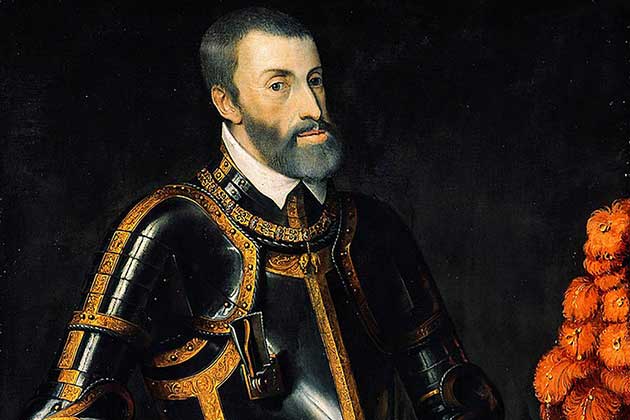
Charles V was to be the most powerful monarch in all of Europe. Following his father’s death in 1516, Charles inherited Spain, which his grandparents had united, and in 1519 he succeeded his paternal grandfather as Holy Roman Emperor. Charles was a fervent Roman Catholic, and he sought to unite all of Europe in a Christian empire. However, many people and nations resented the idea. As he faced issues with resistant and unruly nations, Charles was also forced to deal with the never-ending expansion of the Ottoman Empire.
Charles seemed to be handling all of it for the most part, at least until the protestant reformation really took off in the mid-1500s. In 1552, Protestant princes that allied with Henry II of France rebelled against Charles, which forced him to retreat the Netherlands, and he suffered a major blow. Charles’s health began to fail in his mid-40s, and in 1554 he abdicated the throne of Holy Roman Emperor to his brother Ferdinand. Just a year later, in October 1555, Charles also abdicated the throne of the Netherlands to his son, Philip of Spain.
King Edward VIII
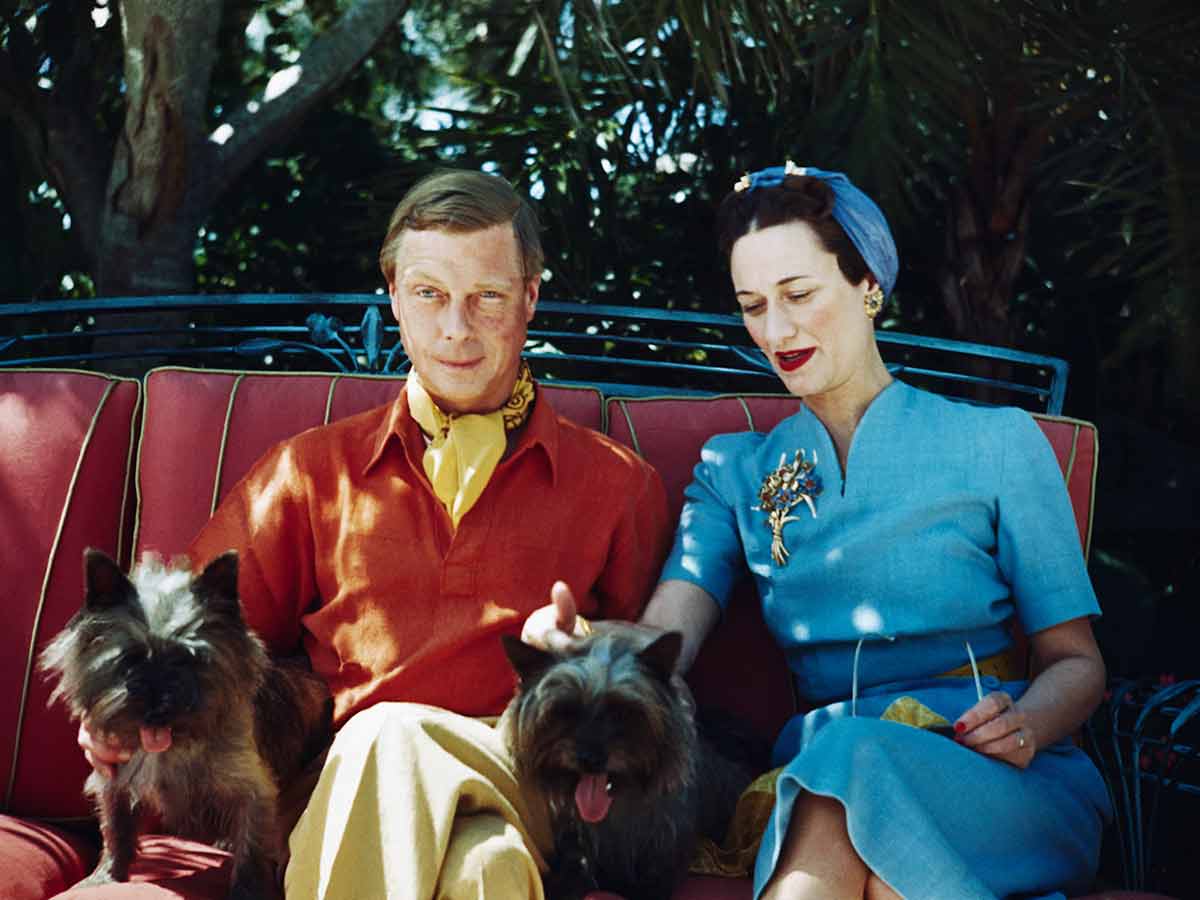
Edward VIII ascended to the throne of the United Kingdom in January of 1936 following his father’s death, and right from the start, he wasn’t very popular. Edward showed a blatant impatience and disregard for court protocol and established constitutional conventions. It was only months into his reign as king that he caused a massive scandal: he proposed.
Edward caused a constitutional crisis after he proposed to a twice-married American woman named Wallis Simpson. United Kingdom prime ministers and others vehemently protested and opposed the marriage, claiming that a woman with two living ex-husbands was politically and socially unacceptable as a queen. So, when it became obvious that he couldn’t marry Wallis without giving up the throne, Edward abdicated the throne to his younger brother, George VI. In total, Edward’s reign as the King of the United Kingdom lasted only 326 days and is one of the shortest reigns of any monarch in British history.
Emperor Napoleon Bonaparte
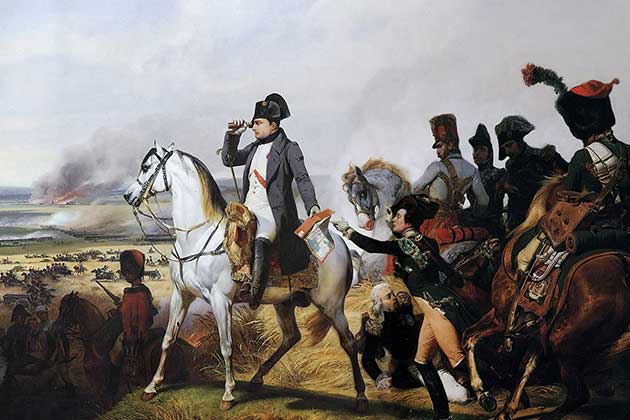
Who doesn’t know Napoleon Bonaparte? Bonaparte is one of the most famous military leaders and French Emperors in history. Napoleon essentially dominated both European and international affairs for more than a decade while leading France in the Napoleonic Wars, most of which he won. Bonaparte built a massive empire that encompassed most of continental Europe, and he ruled as French Emperor from 1804 to 1814 and then again for a brief time in 1815. He also acted as King of Italy from 1805 to 1813. However, it all fell apart as quickly as it came together.
After 10 years in power, Bonaparte was removed from the throne after he signed the Treaty of Fontainebleau, which forced him to agree to abdicate the throne. Once he was off the throne, Bonaparte was exiled to the island of Elba, located off the coast of Tuscany. However, within a year, he escaped his exile and seized power again. He was defeated one final time by the British at the Battle of Waterloo. He lived out his last days on Saint Helen before he died in 1821 at the age of 51.
Prince Andrew

Unless you’ve been living under a rock, you probably at least know a little bit about Prince Andrew’s scandal with Jeffrey Epstein. Prince Andrew is the third child of Queen Elizabeth II and Prince Philip. He was eighth-in-line for the British throne as of December 2019, and it’s more than likely he’ll never reach it.
In early November of 2019, the BBC released a program that addressed the allegations of Prince Andrew's connections with Jeffrey Epstein. Andrew faced public and international backlash, and within the week, he had suspended his public duties.
James II of England and VII of Scotland
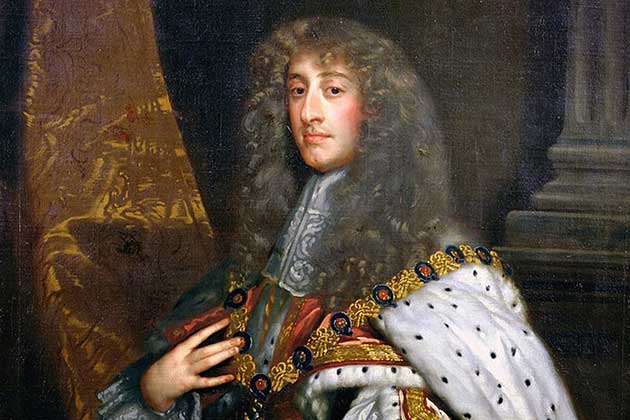
King James VII of Scotland (also the II of England) would absolutely disagree with anyone who said he ‘stepped down’ from his duties. In fact, he would claim that he was forced out by an illegal foreign invasion and palace coup. However, he would be incredibly wrong. The throne was, in fact, empty when Parliament chose to place his daughter, Princess Mary, and her husband, William of Orange, into power. Because despite what James would claim, he did technically abdicate the throne.
James II was Catholic, which alarmed the English court as they feared he would attempt to convert the entire nation. As king, James allowed French Protestant Huguenots fleeing persecution to settle in England, which surprised many English protestants. However, his insistence on catholic tolerance concerned the other nobles. Support for James II was quickly dwindling, and Parliament negotiated a deal with William of Orange. A Dutch invasion force landed in Devon, so James escaped from the United Kingdom to France, where he was granted sanctuary and lived out the rest of his life in exile.
Charles X of France

Charles was actually the younger brother of two French kings, Louis XVI and Louis XVIII, and all three of them had experience with being overthrown. Louis XVI had lost his throne and life during the French Revolution, while the other two brothers fled to England and lived in exile. In 1814, Charles’s older brother returned to France to be crowned King Louis XVIII after the fall of Napoleon. Just ten years later, in 1824, Charles took the throne as King Charles X, and his reign lasted almost six years.
From the moment of his coronation, Charles X was incredibly unpopular with the public as he was incredibly conservative and a strong believer in the King’s divine right to rule. He imposed press censorship, increased the power of the Catholic Church, reimposed capital punishment for sacrilege, and a whole list of other unpopular movements. By July 1830, France was rioting against King Charles X, and he was forced to abdicate the throne. He was sent, once again, into exile. With this final exile, Charles and his family returned to England, where he died just six years later in 1836.
Queen Beatrix of the Netherlands
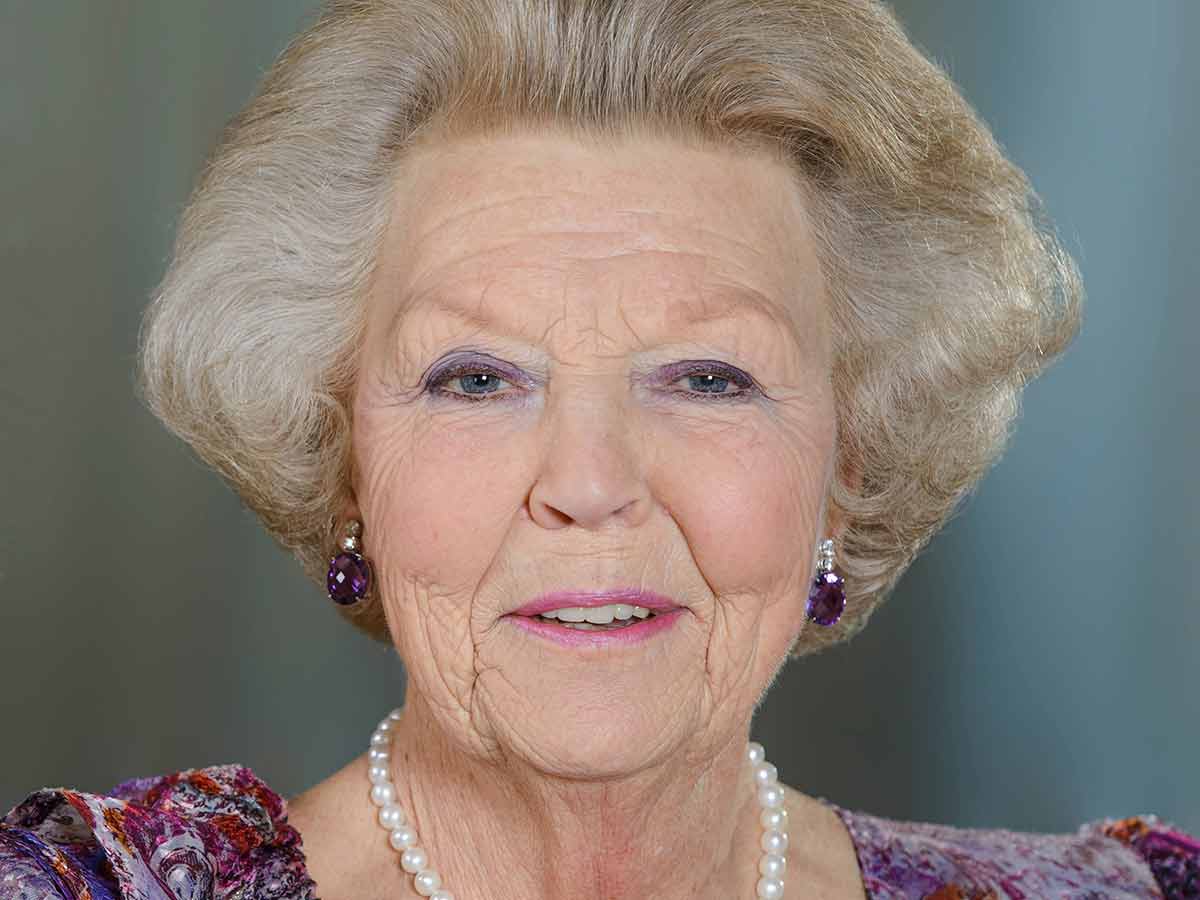
Queen Beatrix ruled over the Netherlands for just over three decades after her mother abdicated the throne, and she was an incredibly popular and beloved leader. As the queen of the Netherlands, Beatrix acted essentially as a head of state. She signed legislation into law, formally appointed several officials, awarded honors and medals, and a plethora of other responsibilities.
However, in January 2013, Queen Beatrix abdicated the throne in favor of passing it on to her 46-year-old son, Prince Willem-Alexander. Queen Beatrix became the third successive ruler to abdicate the throne, following her mother and grandmother.
Princess Diana

There’s more than likely not a single person on the planet who hasn’t heard of Princess Diana. Diana was born into a lower family of the British nobility, but she rose to prominence upon her engagement to Prince Charles in 1981. The two married later that same year and had two sons, William and Harry, before they split in 1996. She was a style icon and philanthropist who dripped grace and elegance, she was the royal family IT-girl of the '90s.
It came to light that Prince Charles was having an affair, and the two divorced. After the divorce, Diana lost her chance to ascend to the throne and her title. After the divorce, she became known as the Princess of Wales rather than Her Royal Highness, a title she was forced to step away from following the divorce. However, she didn’t let it stop her from making a difference and influencing both the British public and the monarchy until her death in 1997.
King Juan Carlos I of Spain
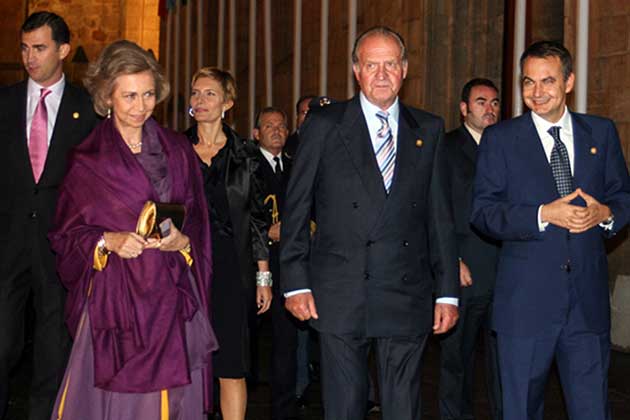
Juan Carlos I is the grandson of Alfonso XIII, the last king of Spain, before the monarchy was abolished in 1931. Juan Carlos was born in Rome, Italy, during his family’s exile to the nation after the monarchy’s abolition. It wasn’t until 1975 when he was 37-years-old that he was named king of Spain, and he has been met with national and international acclaim. In 2008, King Juan Carlos I was considered the most popular leader in all Ibero-America, according to the Ibero-American Barometer of Governance. He’s been celebrated for his role in Spain’s transition to a democracy. However, he’s definitely had a few minor controversies.
The abdication of King Juan Carlos I came as one of the most unexpected abdications of the past twenty years. It was widely expected that King Juan Carlos would rule until his death, despite the royal family’s plummet in popularity. However, in June 2014, the prime minister announced that the king was going to abdicate his throne in favor of his son Felipe VI, who took the throne on June 19, 2014.
King Albert II
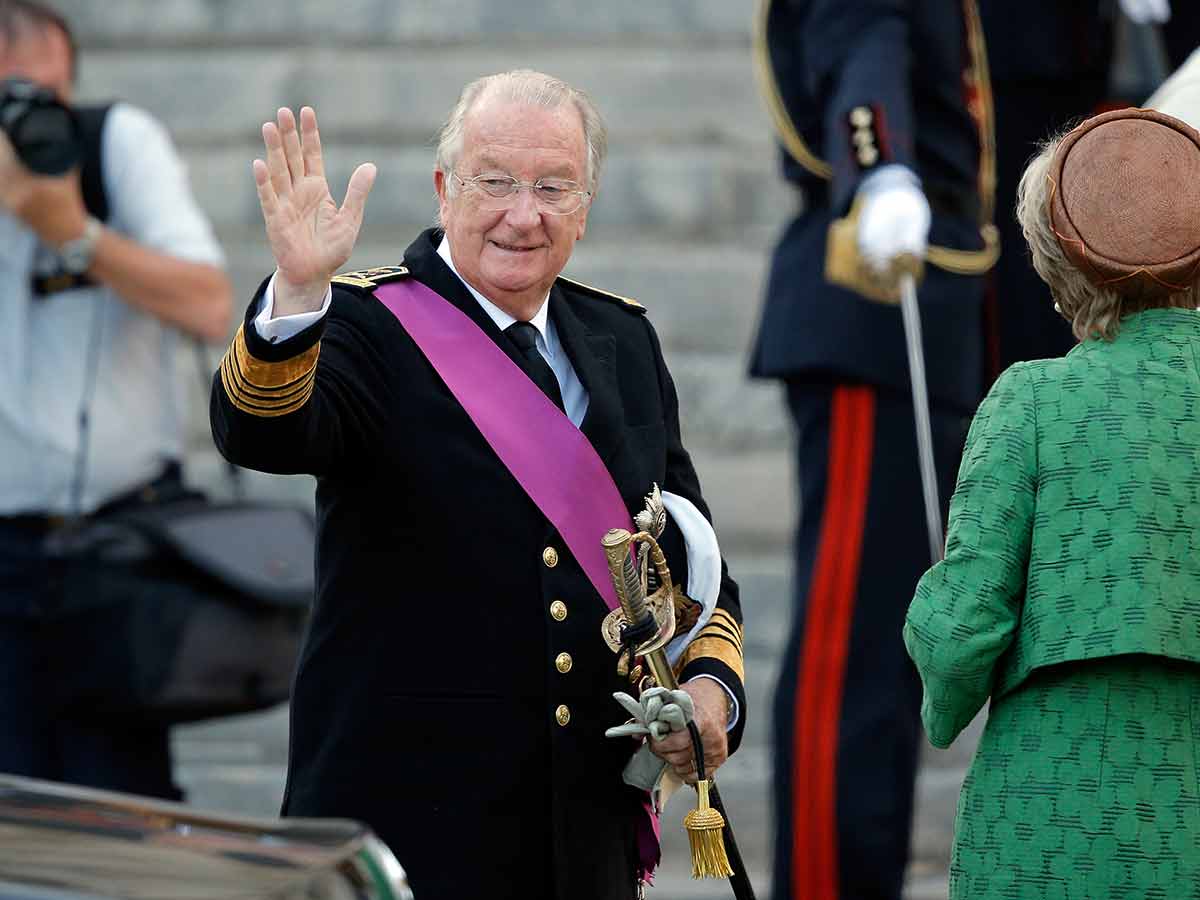
The son of King Leopold III and King Astrid, Albert II, succeeded the throne in 1993 after his older brother, King Baudouin, died. Albert II was the youngest child and second son of King Leopold III, a deposed Belgian king. As king, Albert represented Belgium both domestically and internationally on state visits, trade missions, and high-level international meetings. However, Albert has been a king of controversy and was in charge of a country that sat on the brink of tearing itself apart as the tensions in the north and south grew.
In July 2013, after twenty years in power, King Albert II gave up the throne at the age of 79. The abdication came as a surprise, but it came in the wake of his declining health. After his abdication, Albert II passed the kingship on to his son, King Philippe.
Prince Harry and Meghan Markle

Married in mid-2018, Prince Harry and Meghan Markle have been making headlines in the royal family for their out-of-the-box ways of handling royalty. Meghan Markle is an American actress who announced her engagement to Prince Harry in late 2017, and she announced that she would retire from acting and become a British citizen. After their marriage, the couple had a son in May 2019, whom they named Archie.
Prince Harry and his wife, Meghan Markle, are the two most recent royals to step down from their royal duties. In January 2020, the Duke and Duchess of Sussex announced that they would be stepping away from their roles in the royal family to become more financially independent. This decision became official after a one-year trial period, and the couple marked the occasion by giving a tell-all interview to Oprah, in which a LOT of unpleasant details about the royal family came to light...
King Leopold III of Belgium
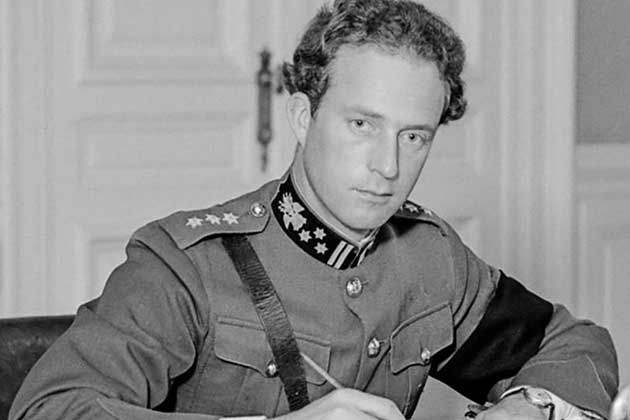
King Leopold III led a tragic reign after he unexpectedly rose to the throne in February 1934, following the sudden death of his father, King Albert, just five days earlier. Just a year after Leopold took the throne, his wife, Queen Astrid, died in a tragic car accident. Between 1934 and 1940, Leopold saw more than nine national governments formed, and he openly criticized political parties and politicians for the instability in Belgium.
In 1940, German troops invaded Belgium and Leopold was found to have violated the Belgian constitution at least once in order to fight them. That was just the tip of the iceberg surrounding King Leopold's controversial decisions. In July 1951, King Leopold III was forced to abdicate the throne in favor of his son Baudouin I in order to avoid civil unrest.
Mary, Queen of Scots

Easily one of history’s most recognizable queens, Mary faced possible deposition her entire life because of her Catholic faith. Mary Stuart was uncompromising in her faith, but originally she was a moderate monarch who allowed some religious toleration. She was the only legitimate child of King James V of Scotland to survive. She was only six days old when her father died, and she ascended to the throne.
In February 1565, Mary married her half-cousin Henry Stuart, Lord Darnley, which flipped her life upside down. Darnley was an ill-tempered and spoiled man with more enemies than he could count. Her husband eventually disappeared under suspicious circumstances in 1567. Mary and her advisor, the Earl of Bothwell, were suspected of foul play regarding the king's disappearance. The Scottish aristocrats took this opportunity to imprison Mary and force her to abdicate the throne to her one-year-old son, James. Twenty years after she was imprisoned and her son became king, she recieved capital punishment for treason.
King Richard II
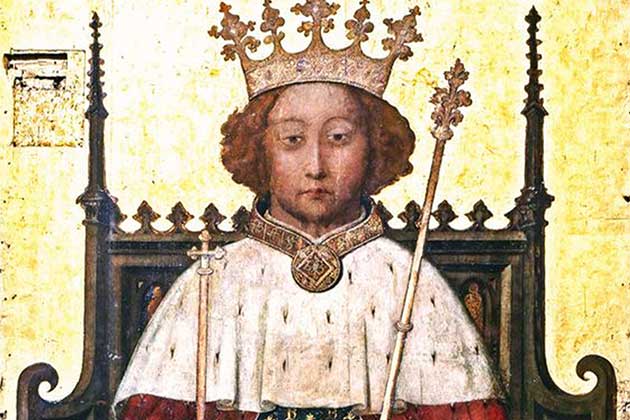
Richard II was king of England from 1377 to 1399 and was well-known for a wicked authoritarian streak and a vengeful nature that would eventually cost him his crown and throne. The Duke of Gloucester, Richard’s uncle, led a group of lords in an attempt to overthrow Richard and his supporters. The Duke was able to slaughter several of Richard’s supporters, but Richard got his revenge. Richard arrested or banished his opposition, including his cousin, Henry of Bolingbroke. He stole Henry’s inheritance and divided the spoils amongst his supporters.
This revenge was the final straw for the king’s enemies, and it cost him a lot of support with his citizens. Richard left for Ireland, and while he was gone, his cousin Henry made an alliance with the Duke of Northumberland. The Duke’s armies caught up with Richard, who was returned to London and forced to abdicate the throne to Henry Bolingbroke, who became Henry IV.
Victor-Emmanuel III of Italy
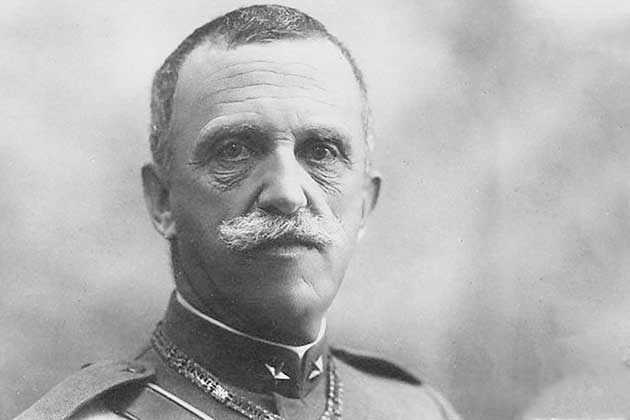
Victor-Emmanuel III became king of Italy in July 1900, suceeding his father, King Umberto I. Not only was he king of Italy, but he also held two other thrones as King of Albania and Emperor of Ethiopia. Victor-Emmanuel III’s rule saw several historic events in Italy, including involvement in both world wars and the birth, rise, and fall of the Italian Fascist regime. Victor-Emmanuel III ruled for a total of 46 years before he tendered his abdication in favor of his son, Umberto II.
Strains on the Italian parliamentary system brought the infamous Benito Mussolini to become the Italian prime minister. Victor-Emmanuel’s power was diminished until he was nothing more than a figurehead by the Mussolini dictatorship until Victor-Emmanuel shocked the world by having Mussolini arrested and naming a new prime minister. However, nothing could save Victor-Emmanuel’s ruined reputation, and the day after the allied liberation of Rome, he named his son the crown prince, and three years later, in 1946, he abdicated the throne. Later that same year, however, both Victor-Emmanuel and his son Umberto were exiled after public opinion forced a change from a monarchy to a republican form of government.
Emperor Akihito of Japan

In April 2019, Japanese history was forever changed by 85-year-old Emperor Akihito, who announced his abdication of the throne. Akihito reigned as Japan’s 125th emperor from January 1989 until his announcement in April 2019. Akihito is the first Japanese monarch to step down from his duties in more than 200 years.
The Emperor of Japan holds no real power and acts primarily as a figurehead for the nation, but Akihito has been a beloved figure in Japan. Akihito has been actively involved in interacting with the public and acted as a diplomat, becoming an unofficial ambassador for Japan. Akihito has also been credited for the reparation of Japan’s post-WWII reputation. Akihito is to be succeeded by his 59-year-old son, Crown Prince Naruhito.
Sultan Muhammad V of Malaysia
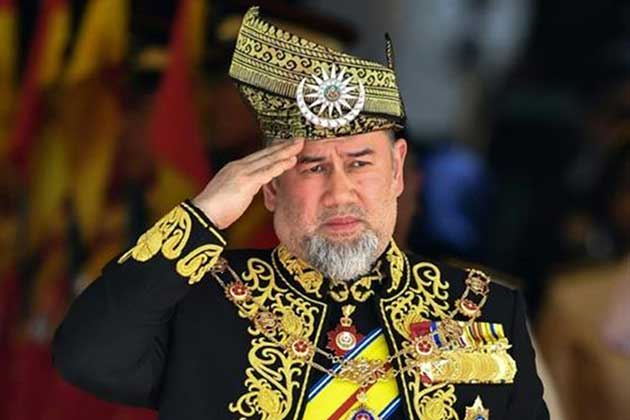
This is one of the more recent abdications on this list. Sultan Muhammad V was king of Malaysia and has been since December of 2016 when he was 47-years-old. He was one of Malaysia’s youngest constitutional monarchs in the nation’s history since it became independent from the United Kingdom in August of 1957.
In January of 2019, after a two-month leave, Sultan Muhammad V unexpectedly announced that he was abdicating the throne. The sultan is the first and only ruler of Malaysia to have stepped down from his throne, no official reason was given for his sudden abdication, but it was suspected to have something to do with his marriage to a Moscow beauty queen, Oksana Voevodina. The resignation was to take place immediately, and Perak Sultan Nazrin Muizzuddin Shah, who acted as king in Muhammad V’s leave, was designated to continue acting as king until a new monarch was selected by the Council of Rulers.
Cincinnatus
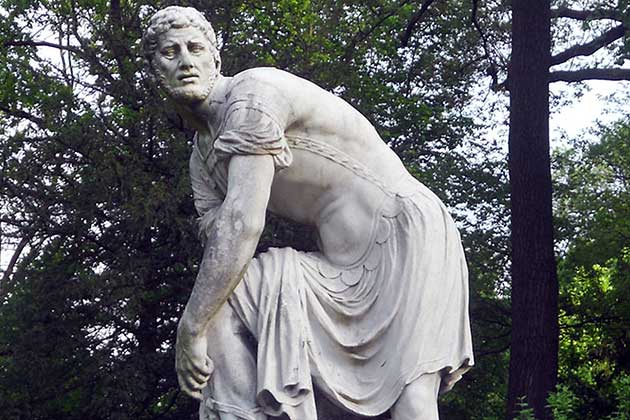
Even royals as far back as the 5th century BC have given up their thrones for one reason or another. Roman leader Lucius Quinctius Cincinnatus was a Roman patrician who had retired from the political scene. However, in 458 BC, the Aequi people to the east of Rome broke their treaty of peace and attempted to retake the city of Tusculum. Two armies were dispatched to fend them off, but one was annihilated quickly, with only five horsemen escaping. The senators authorized the nomination of a temporary dictator, and Cincinnatus was named for six months.
Once he was appointed as the dictator, Cincinnatus led the Roman people to victory over the Aequi. Cincinnatus offered many of the enemy soldiers amnesty and mercy, so long as three of their leaders were executed for their crimes. Once this was done, Cincinnatus disbanded his army and returned home to his farm. His reign lasted only fifteen days before he abdicated the throne.
Princess Sayako
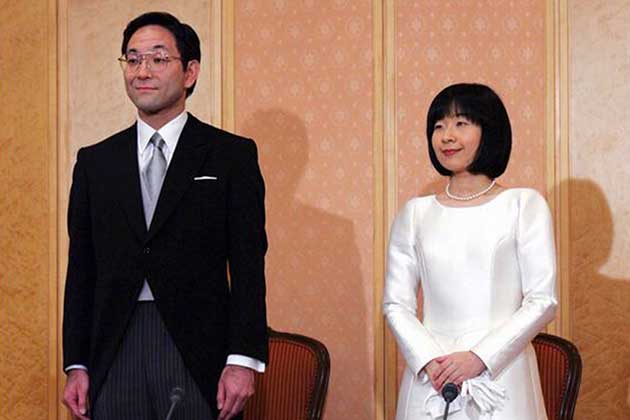
The only daughter of Japanese Emperor Akihito and Empress Michiko, Princess Sayako, gave up her title in November 2005. Born in April 1969, is the younger sister to the current Emperor of Japan, Naruhito. However, in December 2004, The Imperial Household Agency announced that the then-35-year-old princess was engaged to a 39-year-old urban designer with no claim to the throne whatsoever.
Princess Sayako fell in love with her fiancé, Yoshiki Kuroda, and then was faced with an insurmountable choice. Japanese law dictates that princesses (but not princes) must give up their royal titles, status, and allowance in order to marry someone not of noble birth. Sayako chose to give it all up and, despite their disapproval, her family joined the two as they married in 2005.
Kaiser Wilhem II

Kaiser Wilhem II abdicated his throne at the end of World War I, and it’s considered one of the most reluctant abdications of power in history. Once the war had ended, United States President Woodrow Wilson demanded the kaiser’s abdication of his throne as a condition of peace. Wilhelm tried to side-step the demands of Wilson, but ultimately he failed.
The German Chancellor of the time, Prince Max of Baden, announced that the kaiser had abdicated his power, but in actuality, he hadn’t. The move was a way to force the issue and the kaiser submitted. After he abdicated, Wilhelm was exiled to the Netherlands, where he lived in Doorn until his death in 1941.
Anne of Cleves

This one is a little more of a stretch, but we’re still going to count this. Anne of Cleves acted as the queen consort of England and King Henry VIIIs fourth wife. Their marriage was arranged by Thomas Cromwell to join England to the Protestant princes of Germany. However, Henry voiced concern about Anne’s appearance. It’s been said that Henry thought she was repulsive, but that’s not quite true. Henry was less concerned about her face than he was her figure. Henry believed that her figure was more suggestive of a married woman rather than an unmarried one. How he could tell that, who knows.
Henry and Anne were married in January 1540, and Henry refused to consummate the marriage. He claimed that her bad appearance had driven him not to consummate the marriage. This eventually led to the annulment of their marriage just a few months later in July. So, Anne didn’t quite abdicate the throne, but she was certainly more willing to give up her claim to the British throne than her predecessors.
 Author
Sherrill Dean
Last Updated: August 24, 2025
Author
Sherrill Dean
Last Updated: August 24, 2025